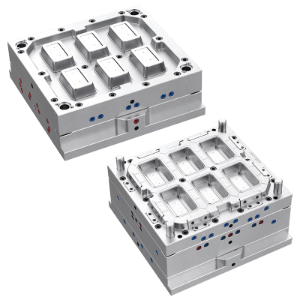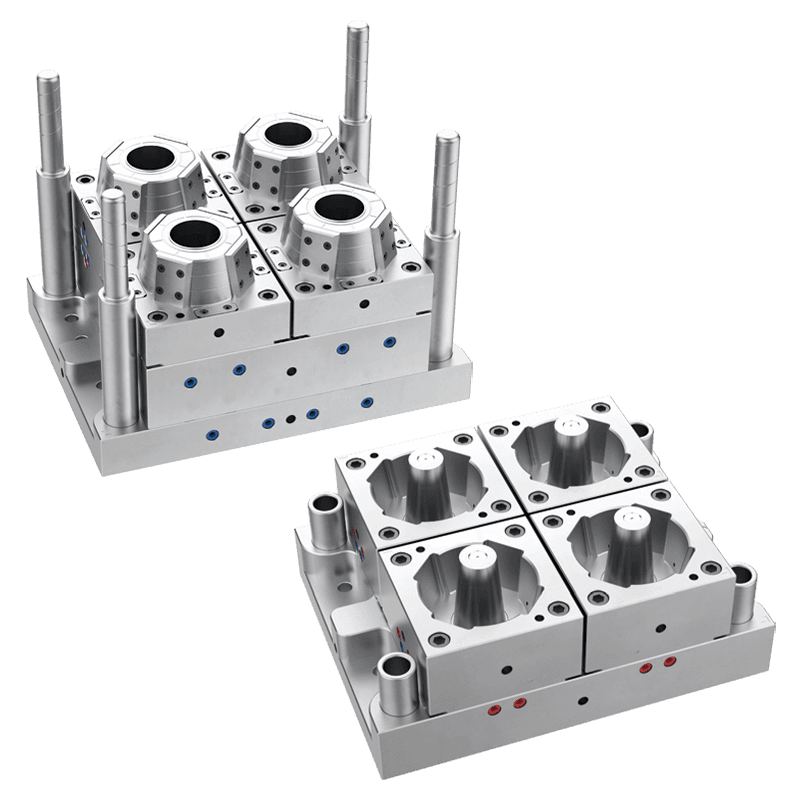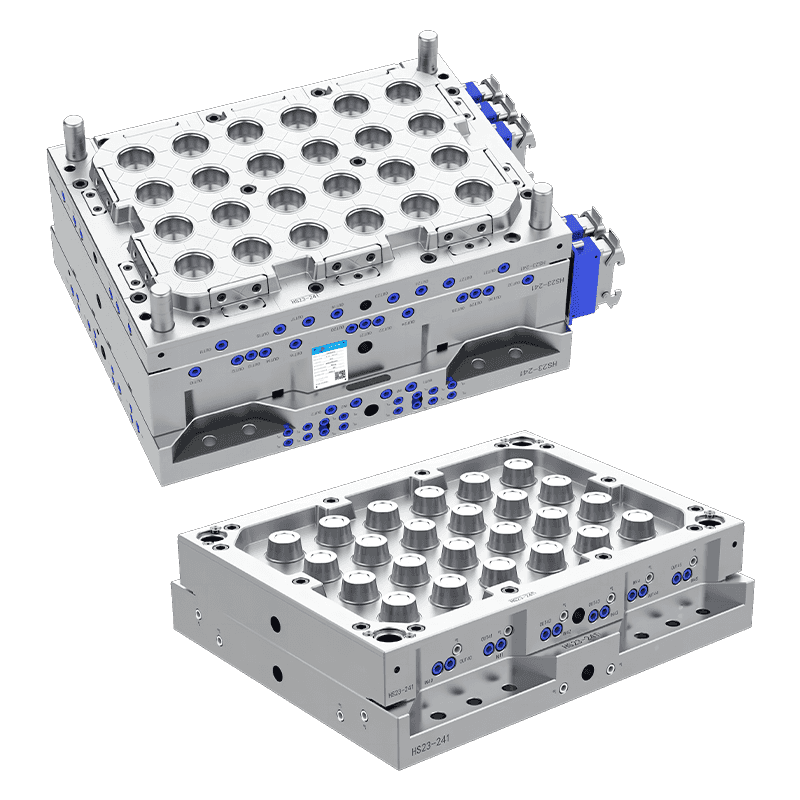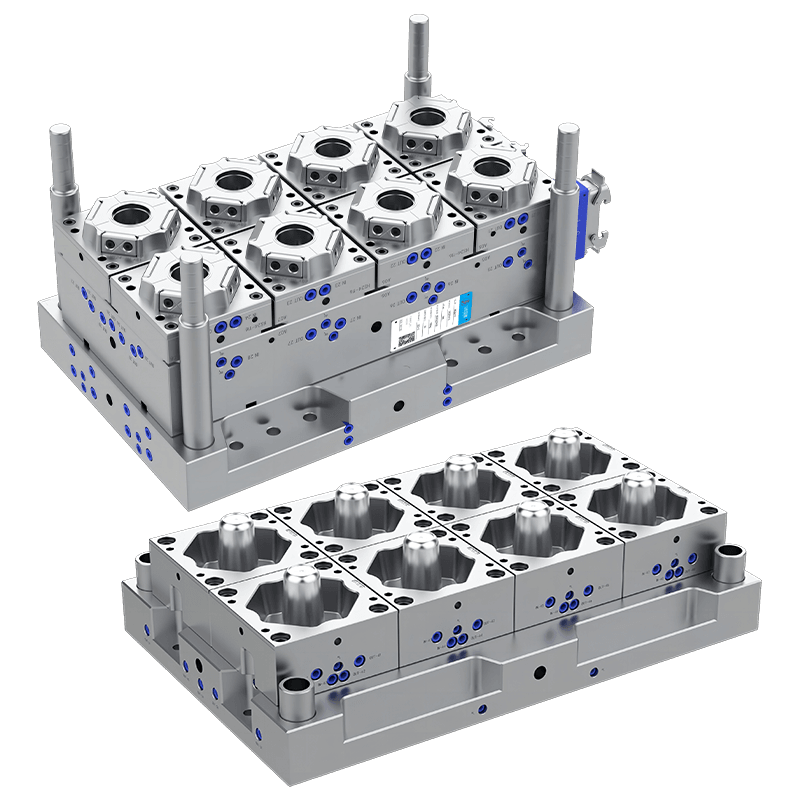How to Choose a Food Container Mold?
Food safety and presentation are paramount in the catering and food packaging industries. The choice of a food container mold is a critical decision that can impact both the appearance and the freshness of the food being served or stored.

1. Material of the Food Container Mold
The material of a food container mold is one of the important considerations. It must be food-grade and safe for contact with various types of food items.
- Food-Grade Plastics: Commonly used materials include polypropylene and polyethylene, which are known for their durability and resistance to chemicals. These materials are also lightweight and easy to clean, making them a popular choice for food container molds.
- Silicone: Silicone molds are praised for their flexibility and non-stick properties. They are also heat resistant, which makes them suitable for both baking and freezing applications.
- Metal: Metal molds, such as aluminum or stainless steel, are sturdy and long-lasting. They conduct heat well, which is ideal for baking and can also be used for serving hot foods.
2. Design and Aesthetics of the Food Container Mold
The design of a food container mold should not only be functional but also aesthetically pleasing to enhance the presentation of food.
- Shape and Size: Consider the shape and size of the mold in relation to the food item it will contain. For instance, a round mold might be good for individual portions of soup, while a square mold could be ideal for desserts.
- Color and Texture: A mold's color can influence the perception of the food's freshness and appeal. Additionally, textured molds can add an extra layer of interest to the food's presentation.
3. Functionality of the Food Container Mold
The functionality of a food container mold is essential for ease of use and efficiency in the kitchen or food preparation area.
- Ease of Use: A good mold should be easy to fill, remove food from, and clean. Look for designs that have non-stick surfaces or are flexible enough to pop out the food without damage.
- Stackability: For storage efficiency, consider molds that can be stacked or nested within each other. This feature saves space and makes storage more organized.
- Versatility: Some food container molds are versatile and can be used in multiple ways, such as being oven-safe, microwave-safe, and freezer-safe. This versatility is a plus for those who need to prepare food in various conditions.
4. Durability and Longevity of the Food Container Mold
A durable food container mold will stand up to the demands of regular use and maintain its shape and integrity over time.
- Resistance to Wear and Tear: High-quality materials will resist cracking, warping, and breaking, ensuring the mold remains functional for a long period.
- Maintenance: Consider how easy the mold is to maintain. Some materials may require special care or cleaning procedures, which could affect the longevity of the mold.
5. Environmental Impact of the Food Container Mold
In today's environmentally conscious world, the impact of a food container mold on the environment is an important consideration.
- Recyclability: Choose molds made from materials that are easily recyclable or are made from recycled materials themselves.
- Sustainability: Opt for molds that are produced with sustainable practices, such as those made from renewable resources or those that have a lower carbon footprint.
6. Cost and Value of the Food Container Mold
While cost should not be the only factor, it is important to find a food container mold that offers good value for money.
- Budget vs. Quality: There is often a correlation between cost and quality. Higher-priced molds may offer better materials and longer-lasting durability, while lower-priced options may not last as long.
- Return on Investment: Consider the return on investment by thinking about how often the mold will be used and how long it will last before needing to be replaced.
Contact Us
Email: [email protected]; Or fill out the contact form below.

 English
English 中文简体
中文简体 русский
русский Español
Español Français
Français




